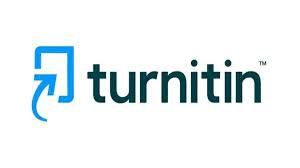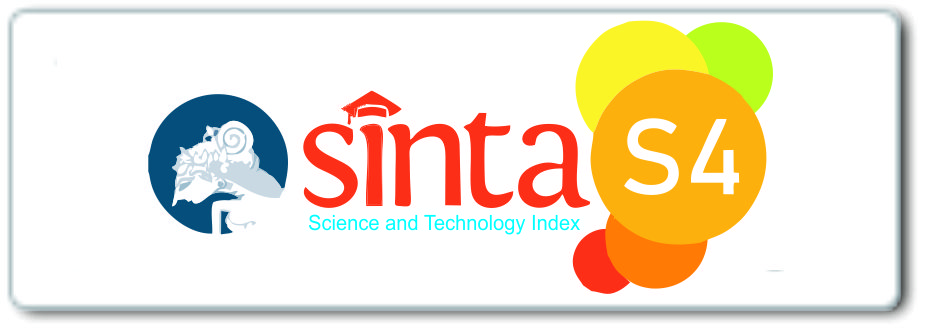Validation Method of 3,4-Methylenedioxymethamphetamine (MDMA) Analysis Using Gas Chromatography Mass Spectroscopy
DOI:
https://doi.org/10.32734/jcnar.v7i1.21032Keywords:
Analysis, GCMS, MDMA, Narcotics, ValidationAbstract
MDMA is known as a narcotic and stimulant is a drug that is often abused, both in pill and powder form. Therefore, it is important to have an accurate and sensitive analysis method to detect the presence of MDMA especially in urine samples of drug users. In this work, optimization of the GC-MS method was carried out to obtain the best separation conditions and the highest sensitivity using the GCMS instrument. This study aims to develop a validation method for the analysis of 3,4-methylenedioxymethamphetamine (MDMA) using the Gas Chromatography-Mass Spectrometry (GCMS) technique. The results of the analysis showed that the accuracy, precision, linearity, limit of detection, limit of quantification and selectivity were respectively: 97.53%, 3.66%, R² ≥ 0.99, LOD 0.7 ppm, LOQ 2.35 ppm, and Rs 19.83. The results of the study showed that this method has good accuracy with acceptable precision values and low enough LOD and LOQ to detect MDMA at appropriate concentrations. Thus, this validated GC-MS method can be effectively applied for the analysis of MDMA in various urine sample matrices, especially in the development of the field of analytical chemistry.
Downloads
References
T. L. ter Laak, J. van den Berg, E. Emke, S. Mehlbaum, and P. de Voogt, “Estimating illicit production of MDMA from its production waste, a Dutch case study,” Forensic Sci. Int., vol. 367, no. September 2024, p. 112315, 2025, doi: 10.1016/j.forsciint.2024.112315.
Y. S. Rahayu, Y. Astuti, and E. F. Prasetya, “Identifikasi Ekstasi/MDMA Menggunakan Analisis Tes Warna dan Gas Chromatography-Mass Spectrometry (GCMS),” J. Sains dan Edukasi Sains, vol. 3, no. 2, pp. 38–45, 2020, doi: 10.24246/juses.v3i2p38-45.
R. De La Torre et al., “Human Pharmacology of MDMA: Pharmacokinetics, Metabolism, and Disposition,” Ther. Drug Monit., vol. 26, no. 2, pp. 137–144, 2004, doi: 10.1097/00007691-200404000-00009.
J. M. Mitchell et al., “MDMA-assisted therapy for moderate to severe PTSD: a randomized, placebo-controlled phase 3 trial,” Nat. Med., vol. 29, no. 10, pp. 2473–2480, 2023, doi: 10.1038/s41591-023-02565-4.
P. Gasser, M. E. Liechti, and F. Holze, “Treatment of neuropathic pain with repeated low-dose MDMA: a case report,” Front. Psychiatry, vol. 16, no. February, 2025, doi: 10.3389/fpsyt.2025.1513022.
E. D. Report, European Monitoring Centre for Drugs and Drug Addiction: Trends and Developments. Portugal, 2022.
B. N. N. RI, “HANI 2024: Masyarakat Bergerak, Bersama Melawan Narkoba Mewujudkan Indonesia Bersinar,” Badan Narkotika Nasional RI. Accessed: Jul. 06, 2025. [Online]. Available: https://bnn.go.id/hani-2024-masyarakat-bergerak-bersama-melawan-narkoba-mewujudkan-indonesia-bersinar/
A. Jalali, A. Hatamie, T. Saferpour, A. Khajeamiri, T. Safa, and F. Buazar, “Impact of pharmaceutical impurities in ecstasy tablets: Gas chromatography-mass spectrometry study,” Iran. J. Pharm. Res., vol. 15, no. 1, pp. 221–229, 2016.
E. A. Meitasari and M. Utami, “Identification of 3 , 4 - Methylenedioxymethamphetamine ( MDMA ) In Tablet Samples Using Color Test and Gas Chromatography-Mass Spectrometry ( GC- MS ) Instrument Identifikasi 3 , 4- Methylenedioxymethamphetamine ( MDMA ) Dalam Sampel Tablet Menggunakan C,” IJCR-Indonesian J. Chem. Res., vol. 9, no. 2, pp. 121–141, 2024.
E. Tarakhovskaya, A. Marcillo, C. Davis, S. Milkovska-Stamenova, A. Hutschenreuther, and C. Birkemeyer, “Matrix Effects in GC–MS Profiling of Common Metabolites after Trimethylsilyl Derivatization,” Molecules, vol. 28, no. 6, 2023, doi: 10.3390/molecules28062653.
E. A. Kolbrich, R. H. Lowe, and M. A. Huestis, “Two-dimensional gas chromatography/electron-impact mass spectrometry with cryofocusing for simultaneous quantification of MDMA, MDA, HMMA, HMA, and MDEA in human plasma,” Clin. Chem., vol. 54, no. 2, pp. 379–387, 2008, doi: 10.1373/clinchem.2007.096800.
C. Bouzoukas, P. Nikolaou, S. Athanaselis, A. Dona, C. Spiliopoulou, and I. Papoutsis, “Development, validation and applications of a GC/MS method for the simultaneous determination of 9 amphetamines and 12 NPS analogues in blood and urine,” Forensic Sci. Int., vol. 370, no. March 2024, 2025, doi: 10.1016/j.forsciint.2025.112469.
A. Orfanidis, A. Krokos, O. Mastrogianni, H. Gika, N. Raikos, and G. Theodoridis, “Development and Validation of a Single Step GC/MS Method for the Determination of 41 Drugs and Drugs of Abuse in Postmortem Blood,” Forensic Sci., vol. 2, no. 3, pp. 473–491, 2022, doi: 10.3390/forensicsci2030035.
M. Taufik, H. Marpaung, J. Kaban, and B. Wirjosentono, “Analysis of User ’ s Hair Cannabinoid of Narcotic Type of Marijuana ( Cannabis Sativa L . ) Using GCMS Technic,” Am. J. Biomed. Life Sci., vol. 4, no. 1, pp. 1–10, 2016, doi: 10.11648/j.ajbls.20160401.11.
H. Harmita, “Petunjuk Pelaksanaan Validasi Metode Dan Cara Perhitungannya,” Maj. Ilmu Kefarmasian, vol. 1, no. 3, pp. 117–135, 2004, doi: 10.7454/psr.v1i3.3375.
B. B. Belouafa S and B. A. Skalli A, “LC-MS/MS Analysis of MDMA in Ecstasy Tablets in Morocco,” J. Forensic Res., vol. 06, no. 05, 2015, doi: 10.4172/2157-7145.1000301.
M. Mifsud, “The Physical and Chemical Characterisation Ecstasy Tablets : Implications for Users by A thesis submitted to King ’ s College London , Institute of Psychiatry , Department of Addiction , for the Degree of Doctor of Philosophy,” King’s College London, 2013.
G. W. Kunsman et al., “MDA-MDMA concentrations in urine specimens,” J. Anal. Toxicol., vol. 20, no. 7, pp. 517–521, 1996, doi: 10.1093/jat/20.7.517.
T. Baciu, “Solid-phase extraction coupled in-line to capillary electrophoresis: determination of drugs of abuse in biological samples,” 2017.

Downloads
Published
Issue
Section
License
Copyright (c) 2025 Journal of Chemical Natural Resources

This work is licensed under a Creative Commons Attribution-ShareAlike 4.0 International License.














